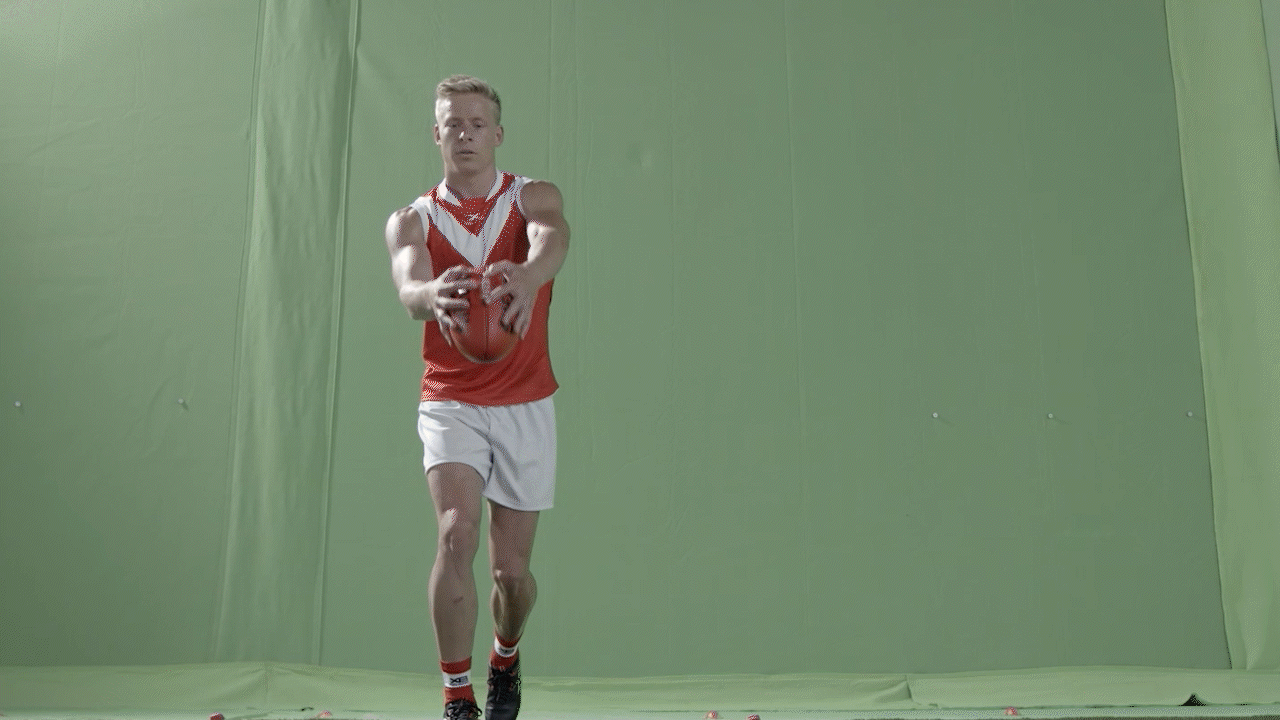Is Green Screen Dead?
With the rise of LED volumes and advances in tools such as Unreal Engine, virtual production is changing the way film and television shows are being produced. The upside of this new tech is undeniable, the ability to swap out locations, control the sun and the weather, all in studio, capturing everything in camera has tremendous appeal for filmmakers, studios and actors. But, does this spell the end for green screen?
The history of green screen can be traced back to the invention of chroma key technology in the 1930s. The basic idea behind the technique being that if you place a subject in front of a solid colour, you could more easily create “travelling mattes”, allowing for the subject to be cut out and then composited over a different background. Blue became the dominant colour used throughout most of the 20th century, chosen as it was sufficiently different from actor’s skin tones.
In 1994, James Cameron was one of the first filmmakers to swap blue for green, when shooting the climax of his action film “True Lies”. The decision to move from blue screen to green screen had to do with the fact that Cameron wanted to shoot outside, rather than in studio, and green screens are easier to light than blue, and better suited to daylight situations. Since the transition to digital cinema, green screen has become common place, so much so, that many blockbusters have been shot almost entirely against them. One of the greatest challenges of doing so, however, has been the inability to really know what the final product will look like, until months after the shoot has wrapped. That all changed with virtual production, as illustrated in the below videos.
So, given all the advantages of virtual production - why would any production use green screen today?
Probably the biggest reason - money. As fantastic as the above shows look, both in terms of the process of making a show in a volume, and the final look of each show, setups like these don’t come cheap. In fact, some estimates suggest that the cost to setup a volume studio of the above scale is somewhere between $20 - $30M. For studios such as Netflix and Disney, this approach makes sense, especially if they can use it across back to back shows. Obviously as more and more volumes are built around the world, and the cost of technology comes down, production companies will have more opportunity to work with this new tech. But there does seem to be a large difference between volumes of this scale, and the smaller setups that are increasingly popping up, many of which don’t allow for much movement, limiting what can be achieved in front of them.
Money alone, isn’t the only reason that volumes may not always be the best solution, and green screens are likely to be used for some time to come.
The second biggest hurdle to embracing virtual production is the increase in the amount of work required during pre-production. For films and shows financed through studios, this might not be that big an obstacle. However for independent producers, locking in finance months before a shoot, to allow for all of the extended pre-production and R&D required for virtual production, before your lead actor turns up on set, might be significantly more challenging.
Although LEDs are producing some exceptional backgrounds, it is worth noting that DOP Greig Fraser ACS, ASC, who pioneered volume cinematography on “The Mandalorian” has stated that volumes don’t tend to produce great daylight backgrounds. However if you want endless “magic hour”, or a moody atmosphere, then they’re hard to beat. Also, just like James Cameron, back in 1994 wanted to film outside, so he could utilise natural light, where filmmakers want to adopt this approach, green screens will likely still be a better option. What is more likely, is that the colour green may find itself replaced, on a job by job basis, which is exactly what Greig Fraser chose to do on “Dune” by filming outdoors against screens that were the colour of sand.
Essentially filmmaking has always been a balancing act between artistic vision and finance. How does one best achieve their creative vision within the constraints of their budget? Virtual production gives us a new set of tools, that will either work for a production, or against it, when calculating the pros and cons of this tech and the cost of using it against the needs of the story. As someone who started their career making lots of music videos on green screen, I’d love the experience of working on a show shot in a volume such as “The Mandalorian” or “1889”.
So is green screens dead? No, not yet. For shows and films that require large amounts of background replacements, virtual production will certainly become more commonplace, but for projects where only a handful of shots require vfx changes to backgrounds, then green screen will, for now, remain the go-to choice.

